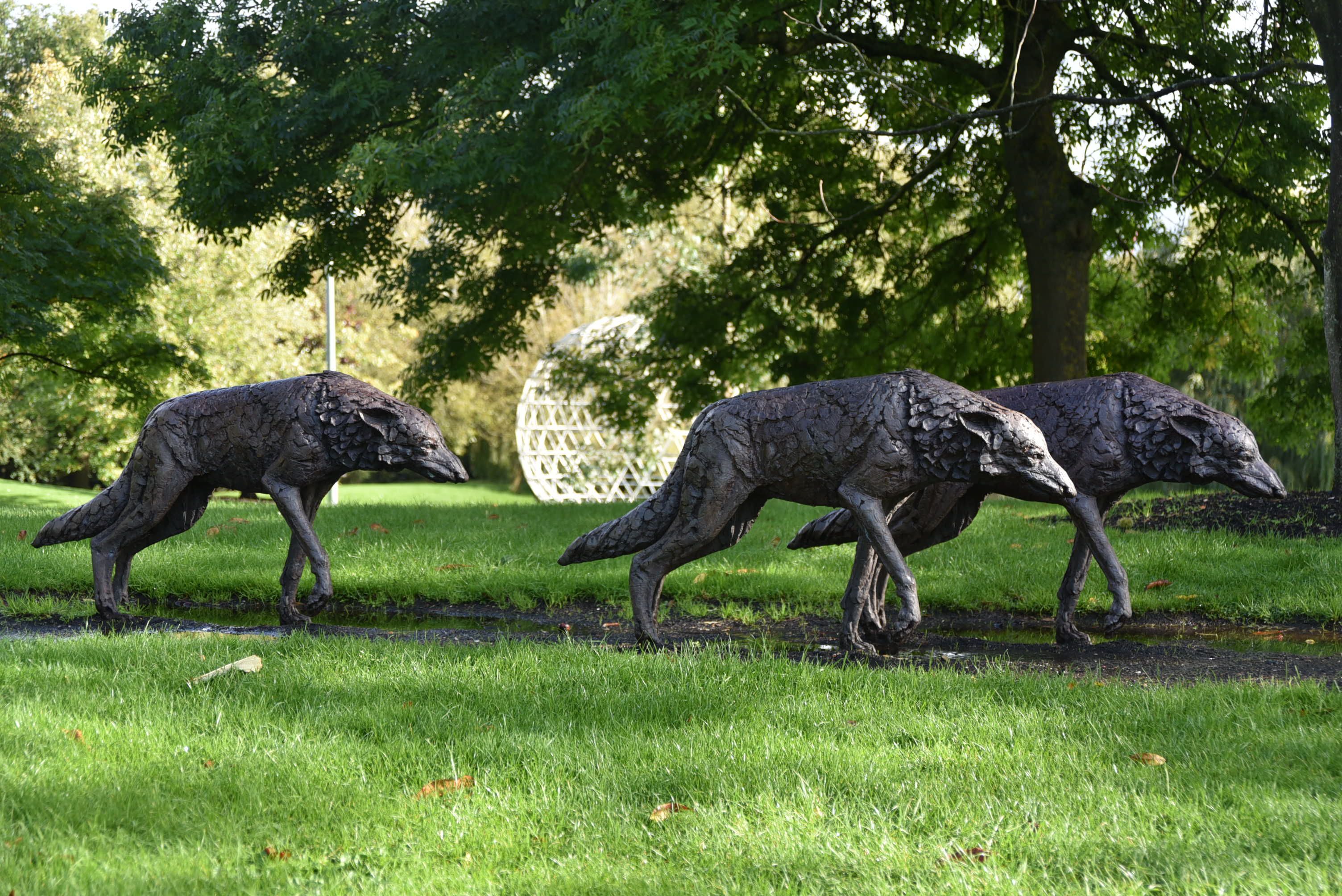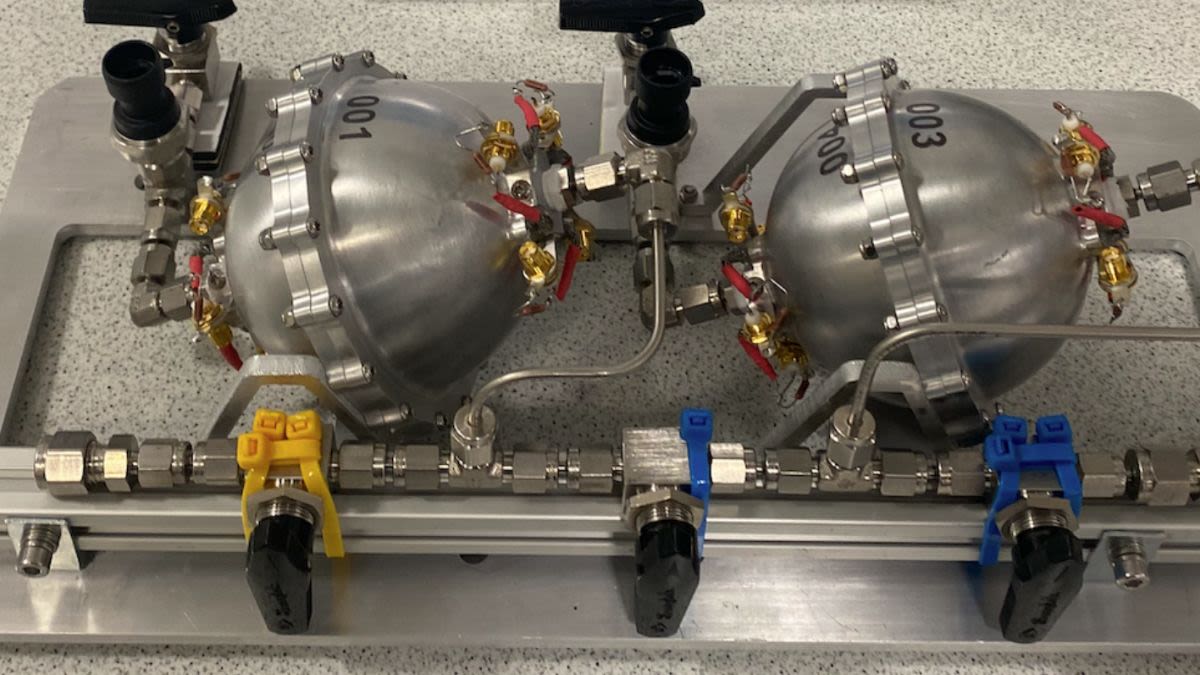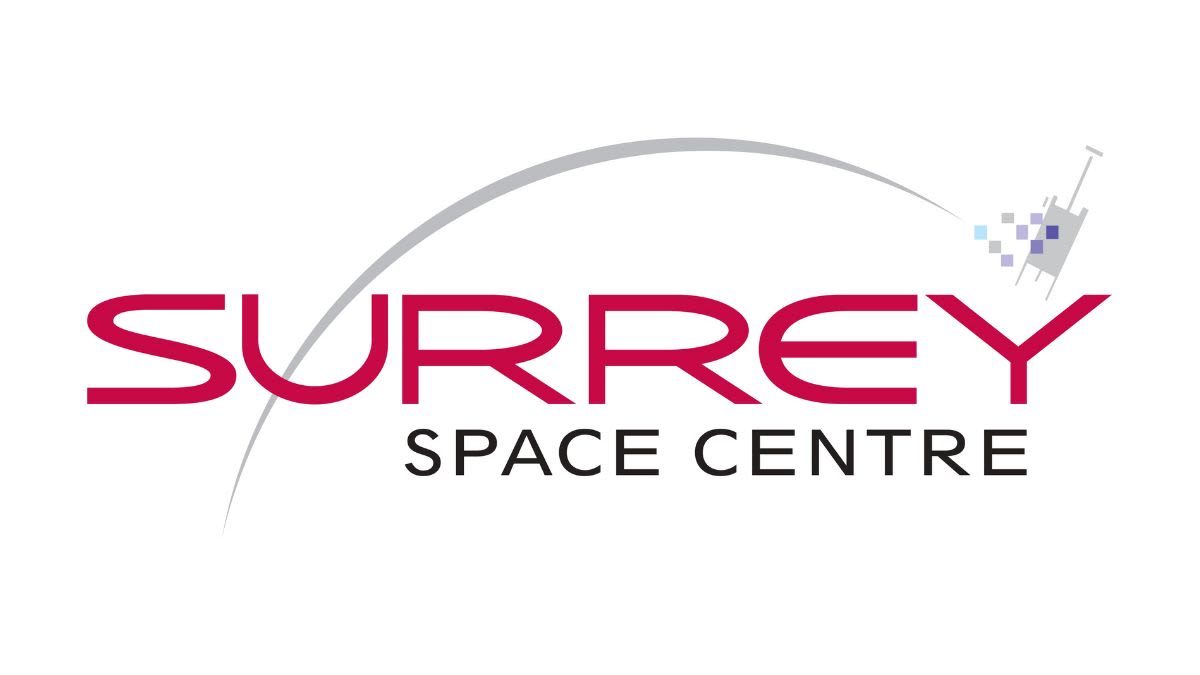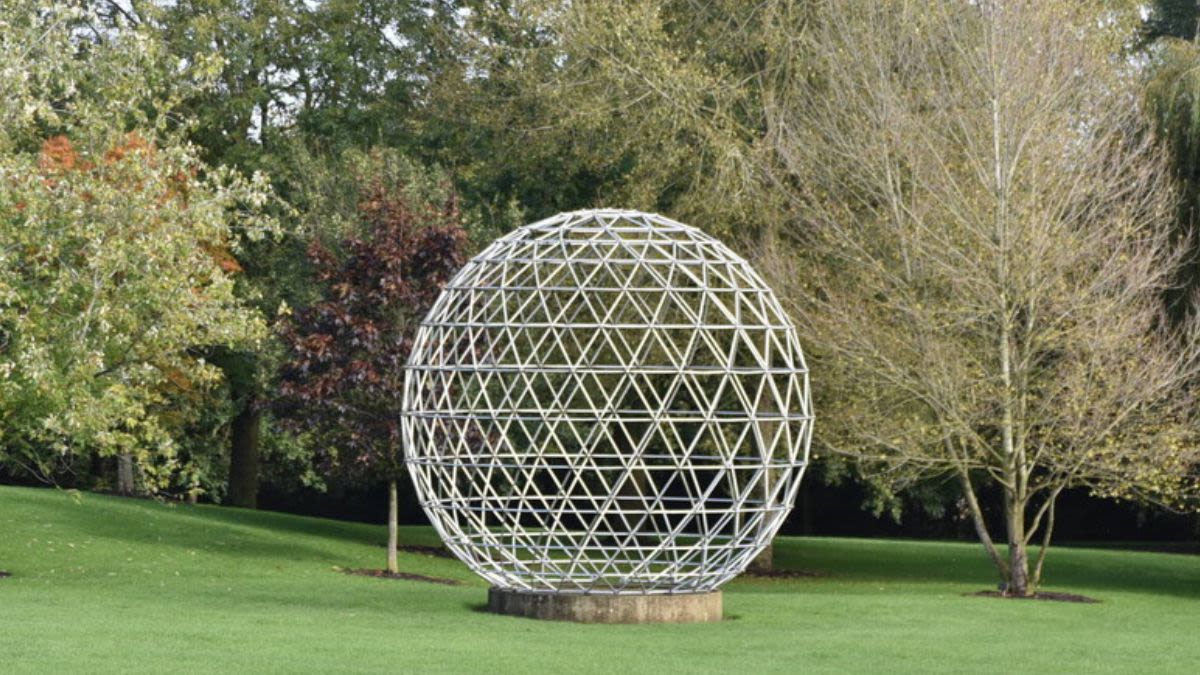SpaceAtSurrey
Pioneering research and skills development at Surrey Space Centre
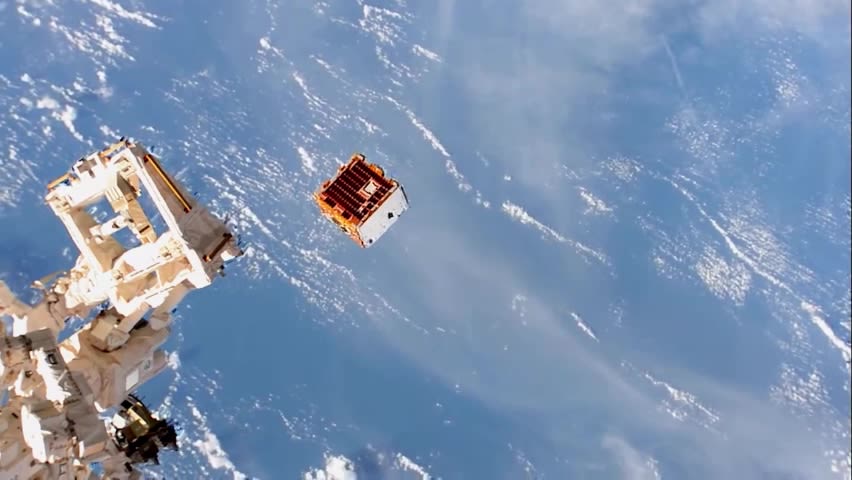
Space exploration takes place on the grandest of scales, in the most awesome of landscapes. But there's real impact from smaller, more agile contributions.
When we think of space, images of fiery rocket launches, grainy lunar landings, and exotic photos of faraway galaxies taken by hi-tech telescopes come to mind. It is synonymous with the big players: NASA, Roscosmos, the European, Chinese and Indian Space Agencies - or new titans like SpaceX.
But a revolution which started at the University of Surrey in the 1970s means that today's space industry stretches much further. Now open to smaller organisations and innovators, researchers at the University's Surrey Space Centre are still pioneering space-sector developments.
A rich legacy
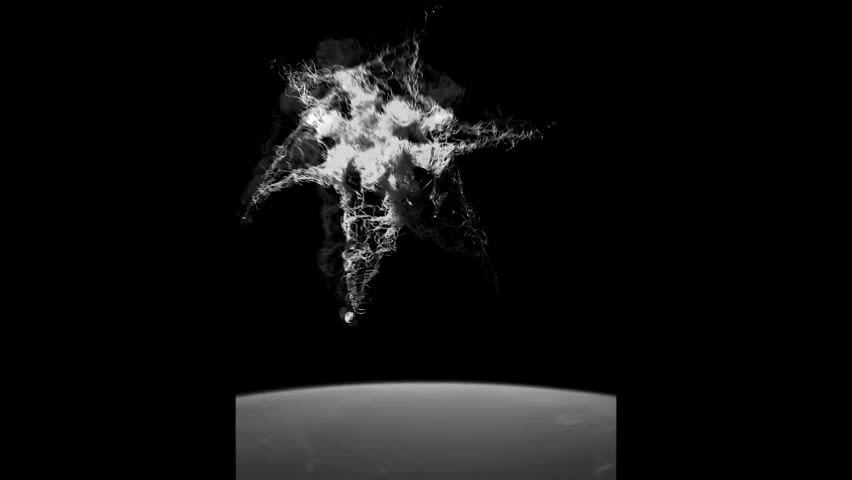
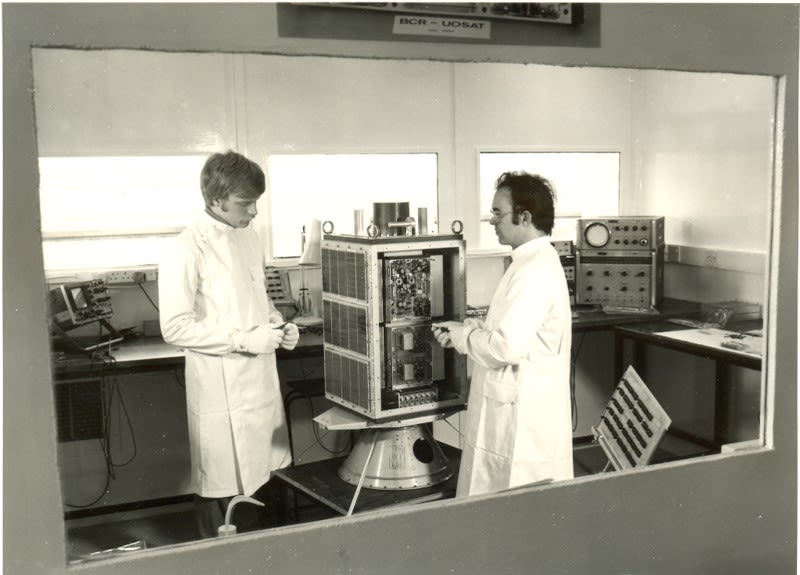
Making UoSat-1 in Surrey Space Centre's cleanroom
Making UoSat-1 in Surrey Space Centre's cleanroom
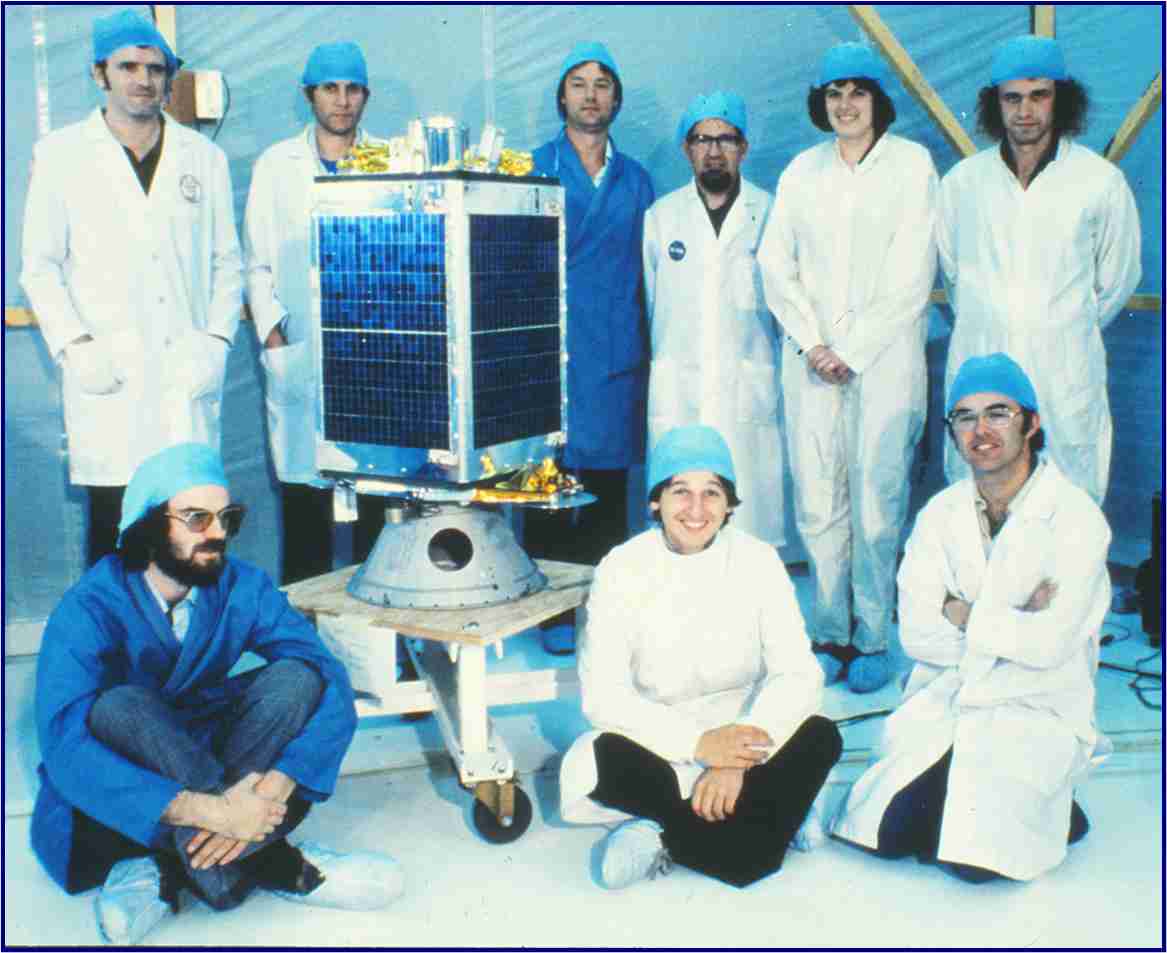
The UoSat-1 team at Vandenberg Space Force Base in Santa Barbara, USA
The UoSat-1 team at Vandenberg Space Force Base in Santa Barbara, USA
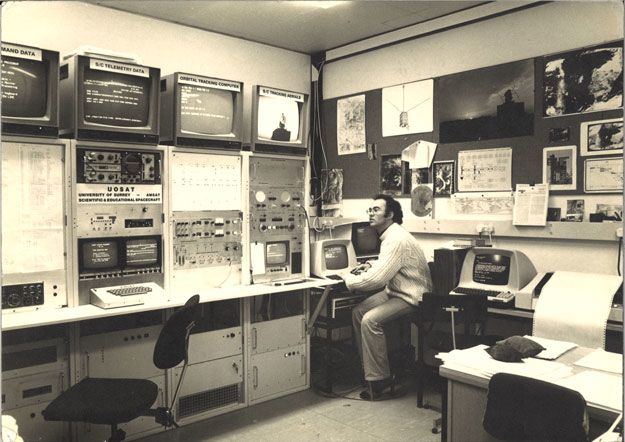
Sir Martin Sweeting operating the UoSAT-1 from Mission Control in Surrey
Sir Martin Sweeting operating the UoSAT-1 from Mission Control in Surrey
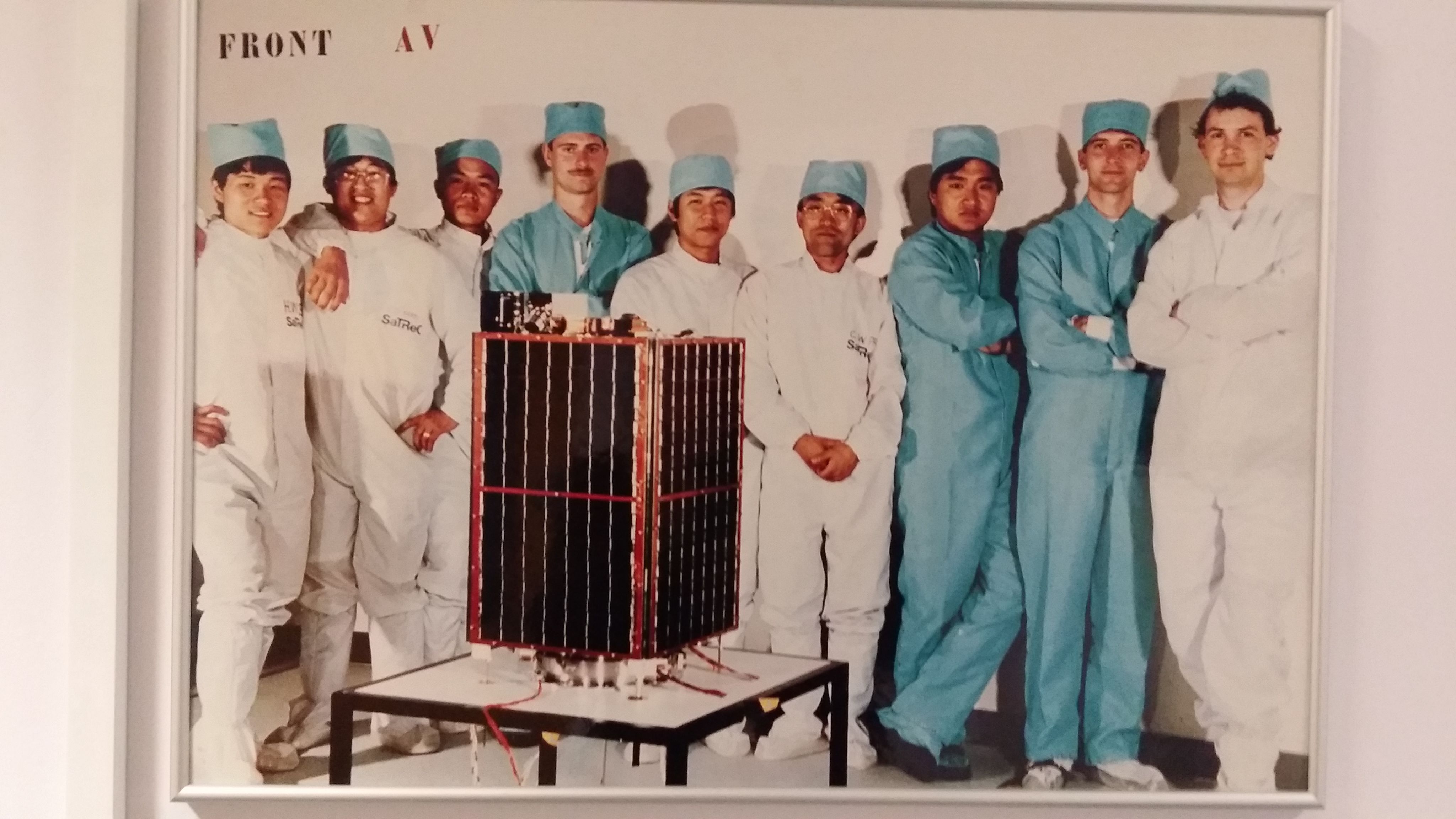
The Surrey-based team behind a later project, South Korea's first satellite, KITSAT-1
The Surrey-based team behind a later project, South Korea's first satellite, KITSAT-1
During the Space Race of the 1950s, 60s and 70s, the space sector was inaccessible to all but national agencies within the world's richest superpowers.
The satellites launched during this period used components which were specially manufactured and hugely expensive, yet had limited functions and could not be reprogrammed once in orbit.
A group of researchers at the University of Surrey, led by Martin Sweeting - now Professor Sir Martin Sweeting - were keen to challenge the status quo.
They created a satellite using off-the-shelf components available commercially. Launched in 1981 with the help of NASA, UoSAT-1 was the first modern, re-programmable small satellite and was a great success. It well outlived its planned life and demonstrated the viability of small, inexpensive "micro" satellites which could be built rapidly and successfully perform sophisticated missions.
Surrey Space Technology Ltd (SSTL) was spun out in 1985 to commercialise the ground-breaking research. It grew rapidly to become an internationally respected leader in its field - and now a wholly owned subsidiary of Airbus.
But Surrey Space Centre's research didn't stop. There is still ongoing collaboration with SSTL, and researchers have also formed many new partnerships and developed new specialisms.
As space has become more accessible, the volumes of defunct satellites orbiting our Earth have increased. The threat these pose to crucial systems is increasingly recognised. In 2021, at the G7 Leaders' Summit in Cornwall, delegates from the UK, EU, USA, Canada, France, Germany, Italy and Japan pledged to take action to tackle the growing hazard of space debris.
Surrey Space Centre was already leading in this area. Missions from Surrey experimenting with novel ways of removing waste from Earth's orbit have included STRaND-1 in 2013, DeOrbitSail in 2015, InflateSail in 2018 and RemoveDEBRIS in 2018-19.
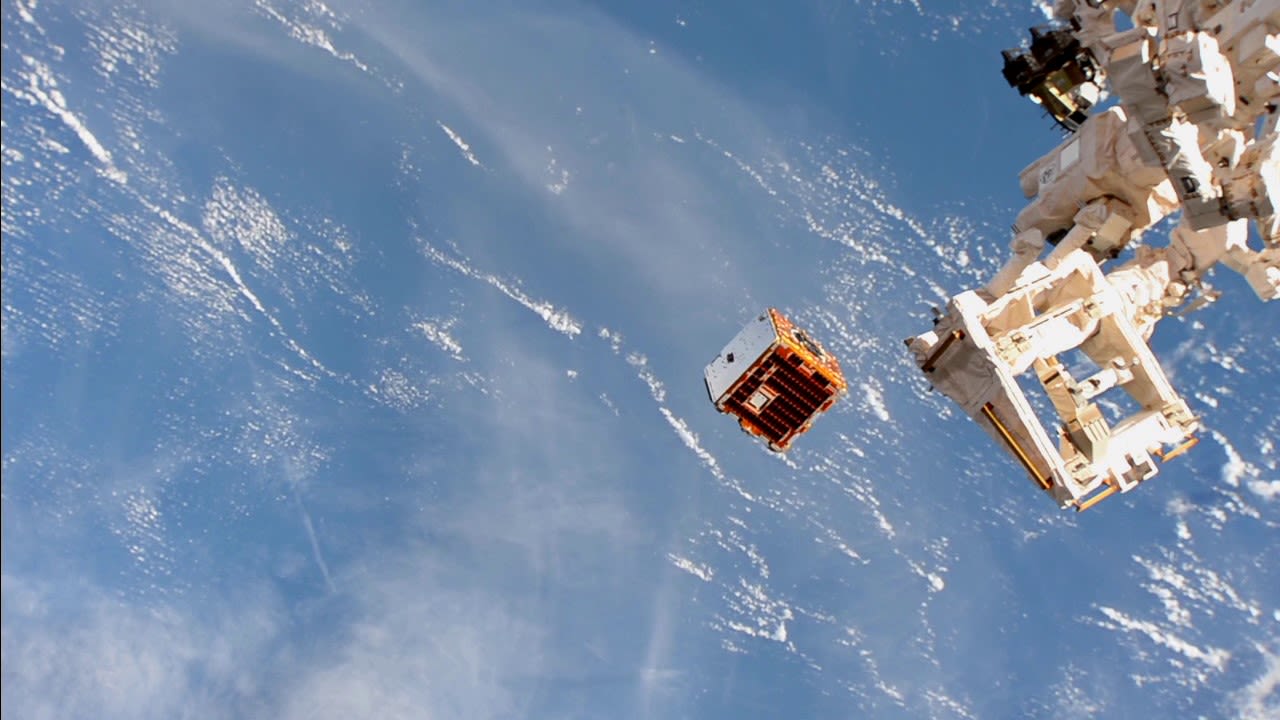
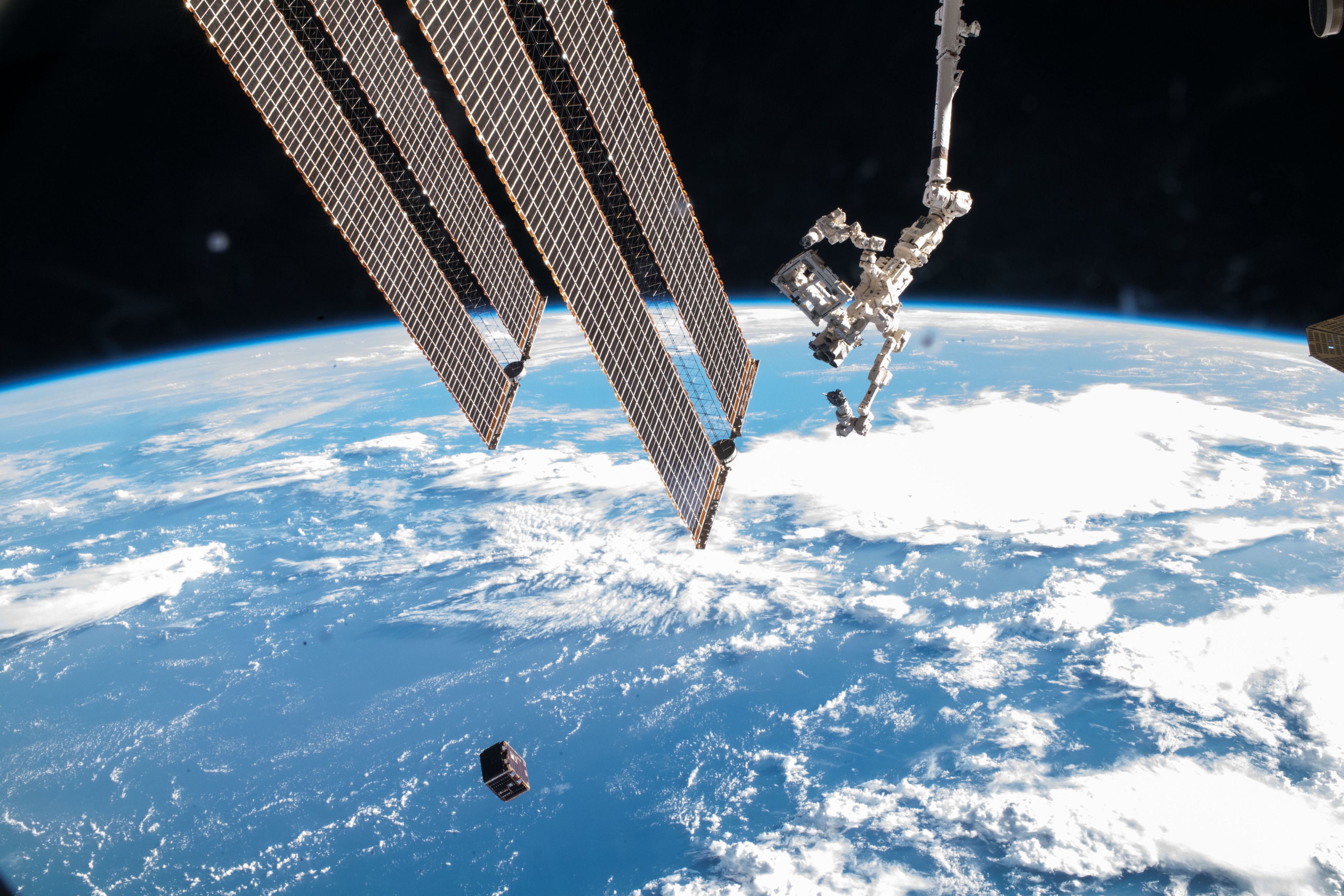
Today's research
Picture shows "Halo Thruster" - a plasma thruster developed at Surrey Space Centre in collaboration with Airbus DS
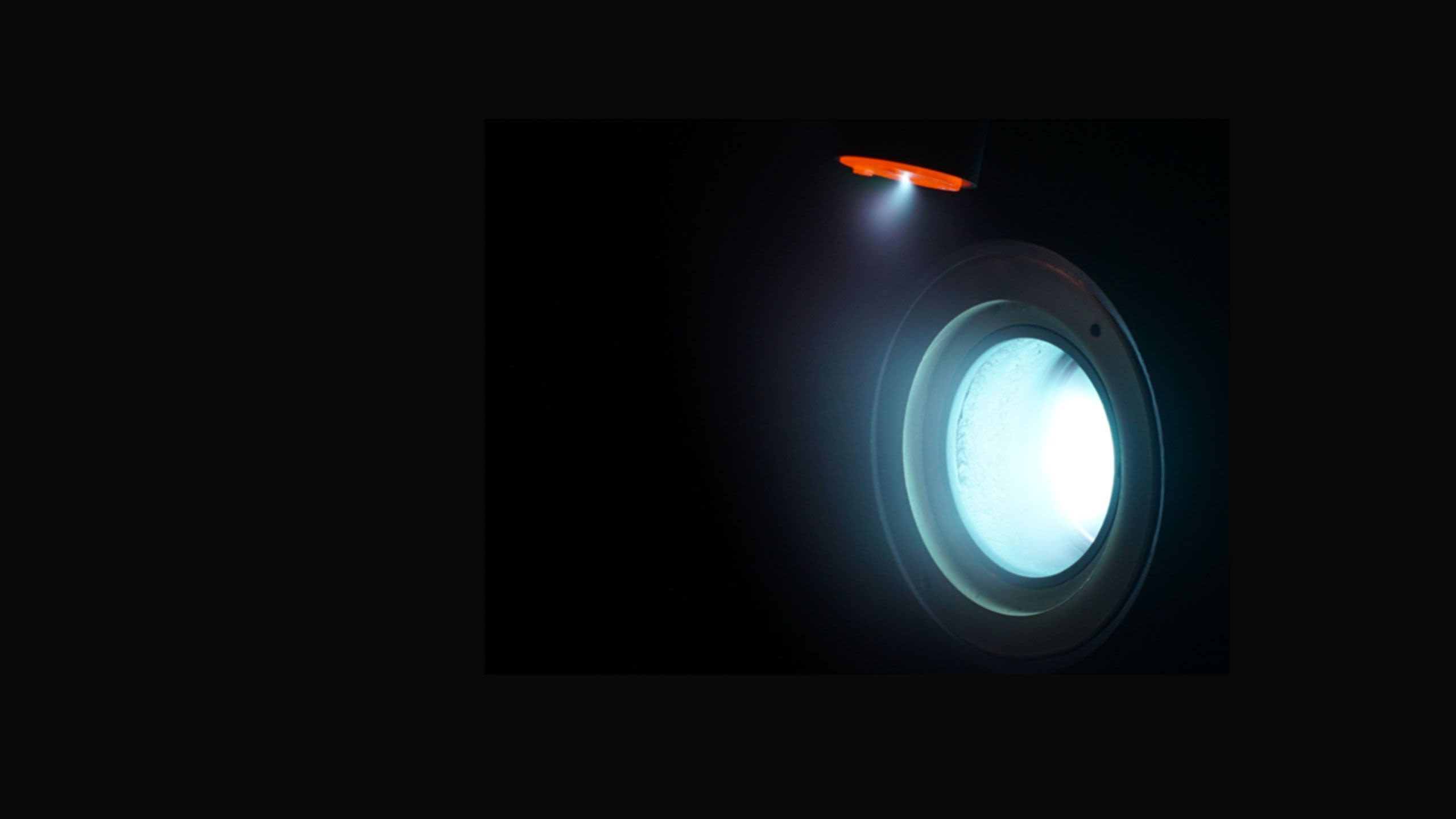
Current research at Surrey Space Centre focuses on supporting exploration and protecting Earth, with the two integrally connected.
We are exploring new propulsion technologies by improving understanding of plasma physics and electromagnetism, including solar-electric propulsion and the PLAsma TOrch Rocket (PLATOR) - funded by the UK Space Agency. This research will facilitate the growth of new industries in space and open horizons in space exploration.
Our PLATOR rocket could be used as the main way to move spacecraft after launch, or it could be used in space transportation vehicles, or space tugs, for delivering satellites to specific orbital slots, refuelling satellites to prolong their service life, and removing space debris.
PLATOR will fill a gap in current propulsion options, offering a balance between the high thrust typical of chemical propulsion and the propellant efficiency of electrical propulsion.
As well as designing the propulsion mechanism and identifying the optimal size and design of space tugs, PLATOR will also explore its potential uses through flight dynamics simulations.
Our astrodynamics research exploits the chaotic dynamics of the solar system, using cutting-edge techniques to model, estimate and plan the orbit of spacecraft and their attitude configurations.
When the UK develops its own launch capability, launches from our soil will only be able to reach high-inclination orbits, but our proposed space tugs could hopefully expand their reach, opening the door to new and exciting mission opportunities from the UK.
In addition, we're supporting exploration deeper into our solar system by studying the chaotic dynamics of the Sun-Earth-Moon problem to find fuel efficient transfer trajectories towards the Moon and beyond. We are also looking at applying our orbital design techniques around small bodies and moons of further planets to help reduce the costs of deep space exploration and enable new science.
An understanding of different elements of the lunar environment - including orbits and the resources present on the surface - is critical to the new Moon Race. This will focus on lunar exploitation, whether that is to find rare minerals useful back on Earth, for scientific discovery to better understand the origins of the Universe, or for sustainable mission operations, where the Moon is used as a stepping stone to Mars.
Because of the high financial and ecological cost of rocket launches, many of the resources needed to create bases and support life on the Moon will need to be harvested locally. We're looking at how to achieve this.
We're investigating how Moon soil can be used to build lunar bases and extract invaluable resources, such as oxygen, water and metallic elements.
Using simulated lunar soil samples, we can test how to use microwaves and 3D printers to heat the soil, create usable construction components and extract resources.
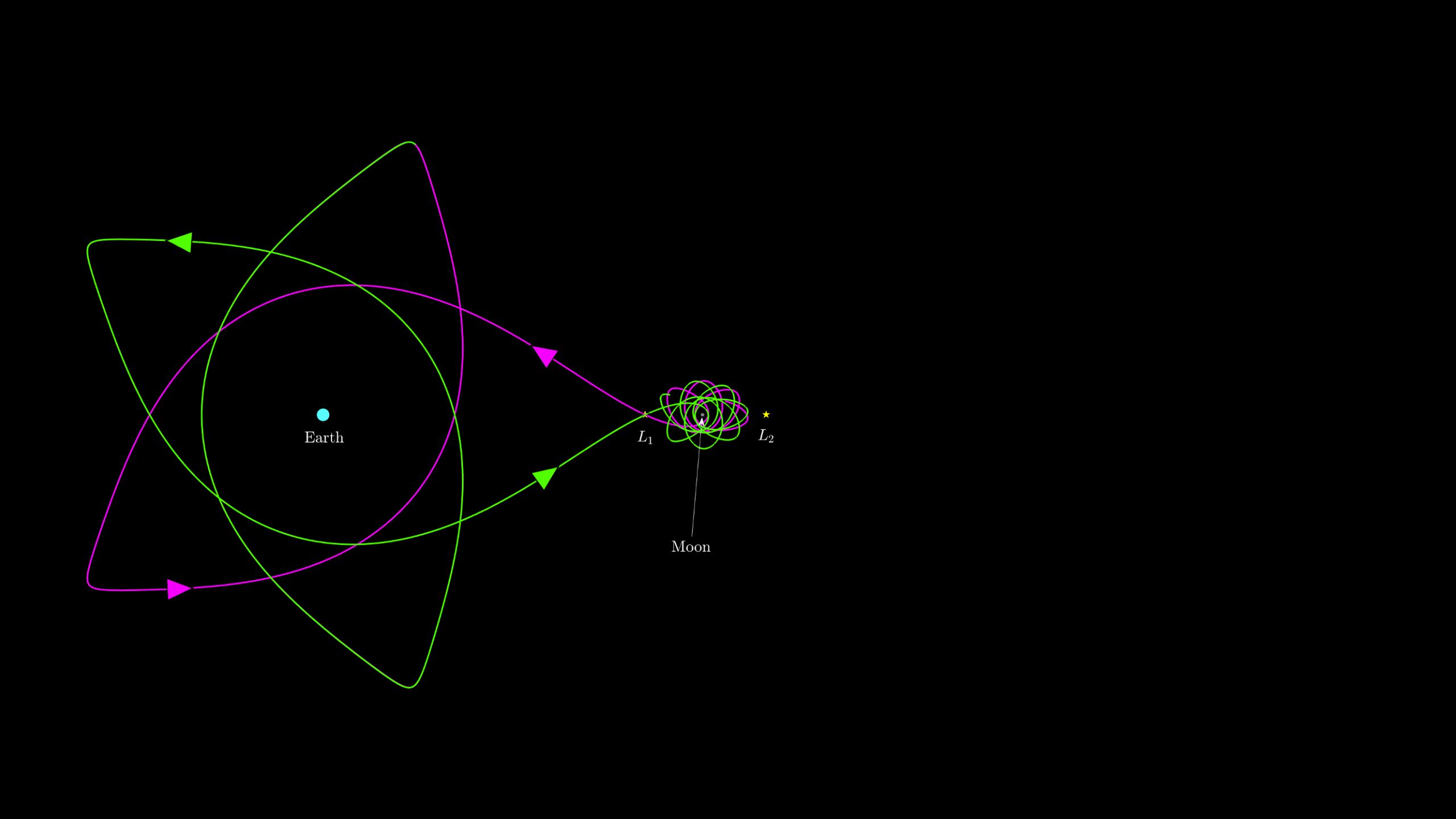
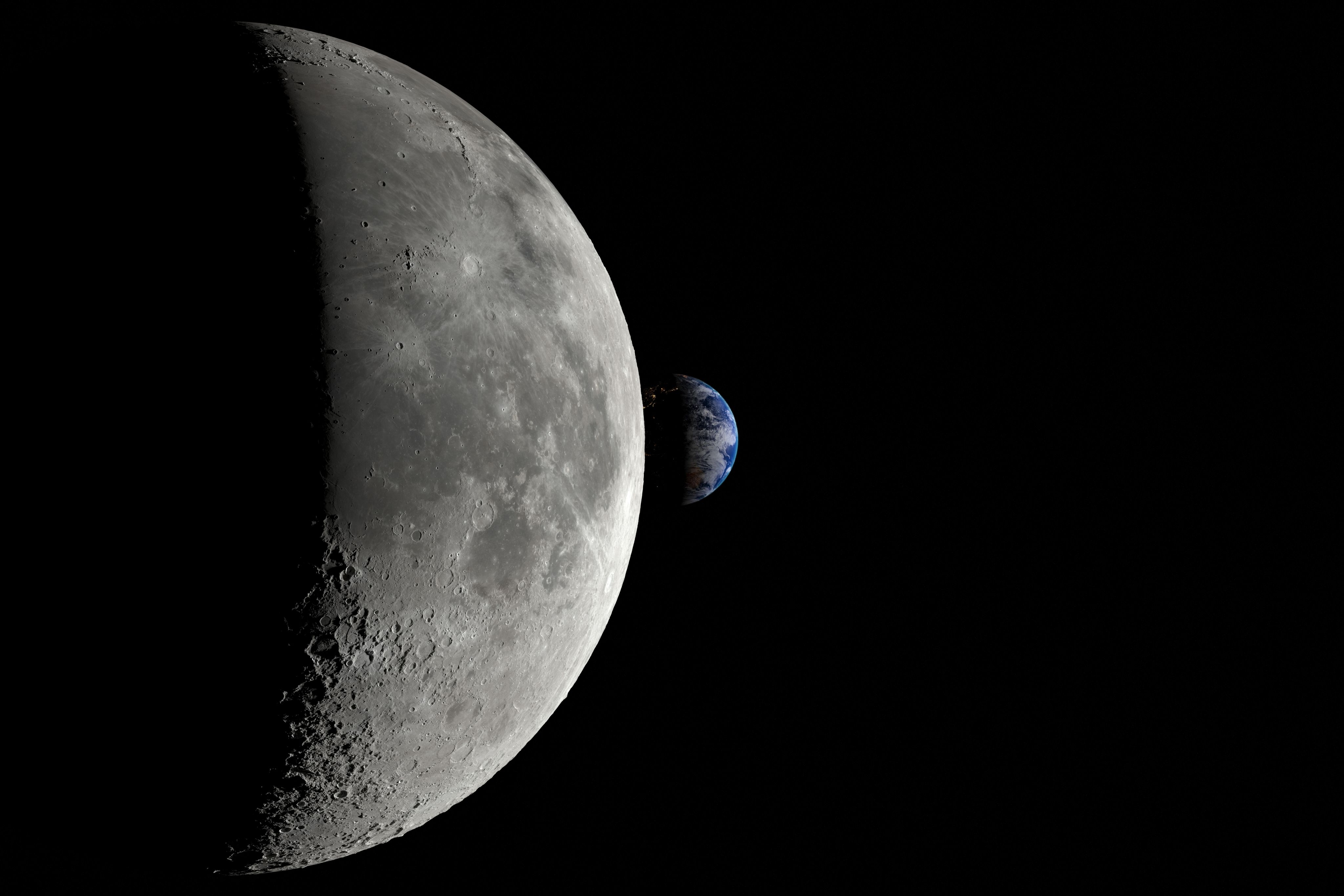
Spacecraft avionics and electronics are major components of satellites - and they need to do even more as missions get more complex. Our research looks at how new radio and computing developments can be adapted to work in the harsh space environment. Projects have included the ESA ESEO Radio that flew in 2019 with SpaceX. Students help continually evolve electronics designs.
We work closely with industry to understand their business needs and how universities play an ever important role in skills developments. Our students often find their projects are taken forward through research into orbit - which is a unique opportunity here at Surrey.
Electronics, radio and software skillsets are highlighted in the UK Space Agency's National Space Strategy as critical if we are to meet the future demands of the space engineering sector.
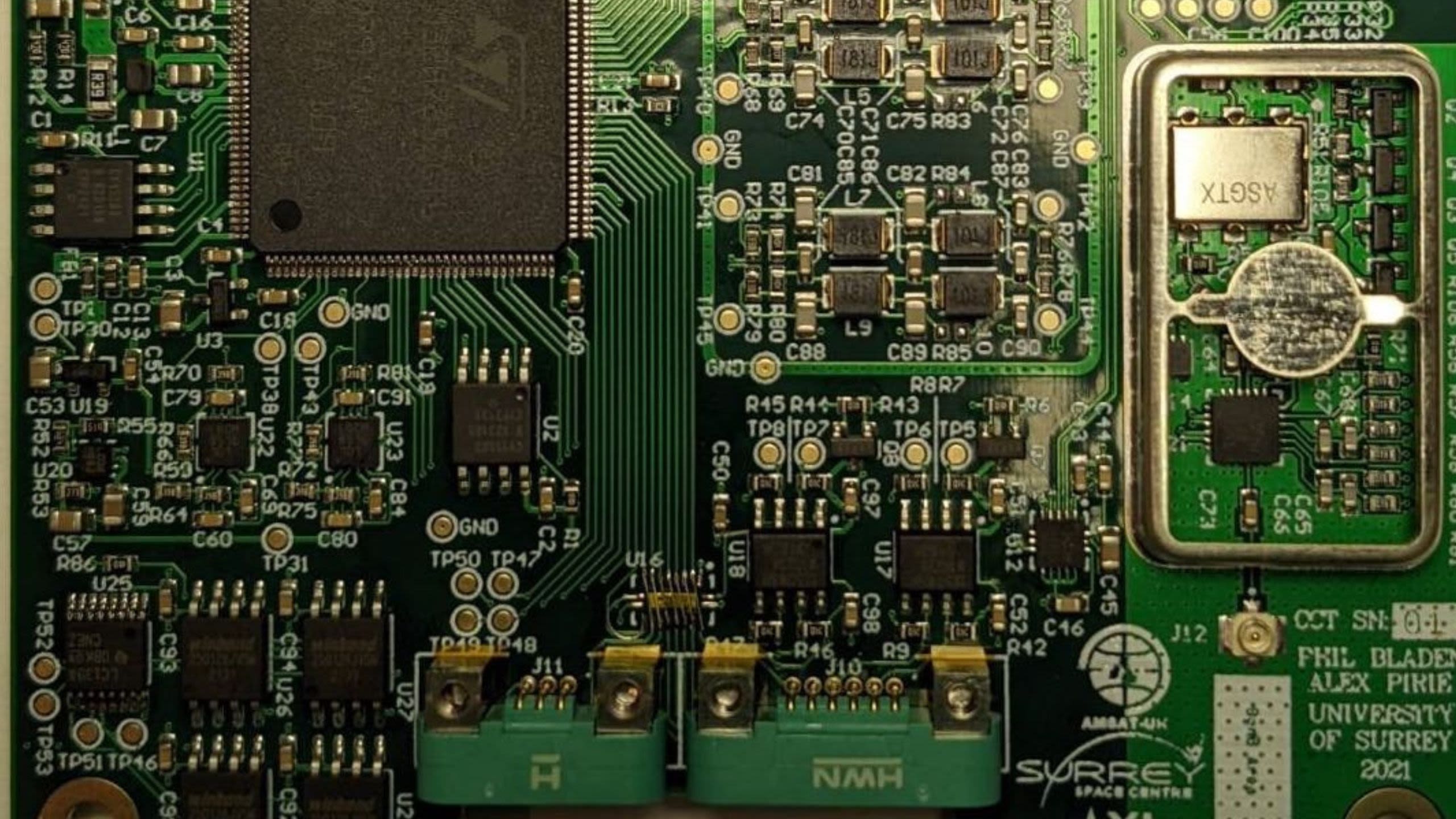
Satellites, lunar bases and everything within Earth's atmosphere need protection from the radiation emitted by our sun.
Explosions on the surface of the Sun can create energetic outbursts of electrically charged particles which are sometimes detectable on the Earth's surface. These unpredictable events typically last for some hours and are capable of disrupting complex microelectronic systems, in particular those in aircraft due to their greater exposure.
Surrey Space Centre is at the forefront of work to keep ourselves, our assets and our very way of life safe from this radiation and to create a more thorough understanding of what is known as space weather.
We are working with the UK Met Office - which analyses space weather, as well as the more familiar Earth-based weather forecasts - to together develop a radiation mapping tool that could prove crucial during solar storms. We are also developing tools to learn more about the radiation experienced by planes.
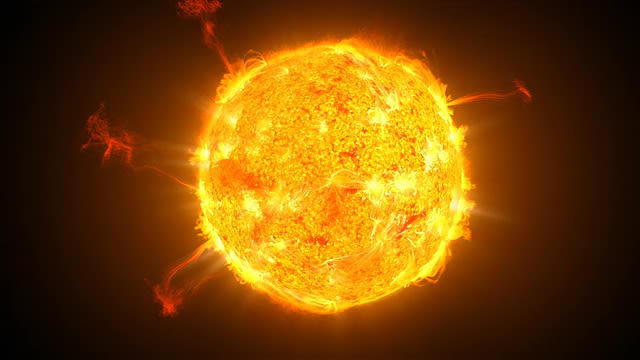
Remote sensing and Earth observation uses space for the benefit of people and environments back on Earth. Our researchers in this area develop models, applications and tools from remotely sensed data, with the primary goal of monitoring our planet and its resources.
One current project is benefitting the people, economy and fauna of Mauritius.
We are designing and developing a monitoring tool able to detect illegal, unreported and unregulated fishing, almost in real-time.
It gives us a real opportunity to make a difference in the fishing industry - an industry which is the lifeblood of the people living in the Mauritius Exclusive Economic Zone.
Crucially, our project will accelerate the achievement of Sustainable Development Goal 14, life below water. By improving surveillance capabilities in Mauritius, we will immediately support the restoration of their extremely delicate marine ecosystem.
The project will develop a usable prototype and demonstrate that it works. The aim is to use it to promote sustainable fishing, to protect the economy of this small island developing state and, with future scale-ups, target the restoration of fish stocks and ocean health across the globe.
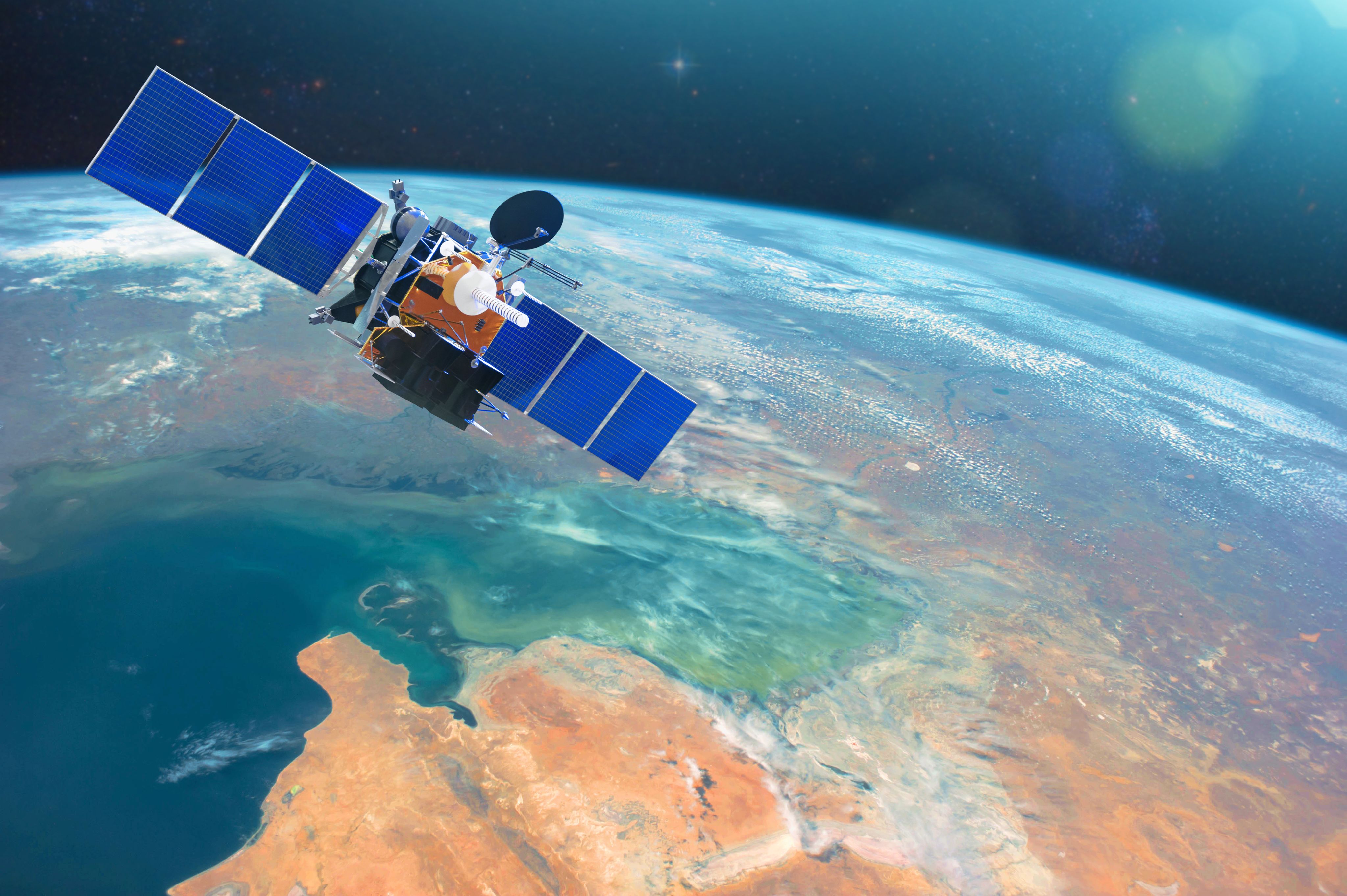
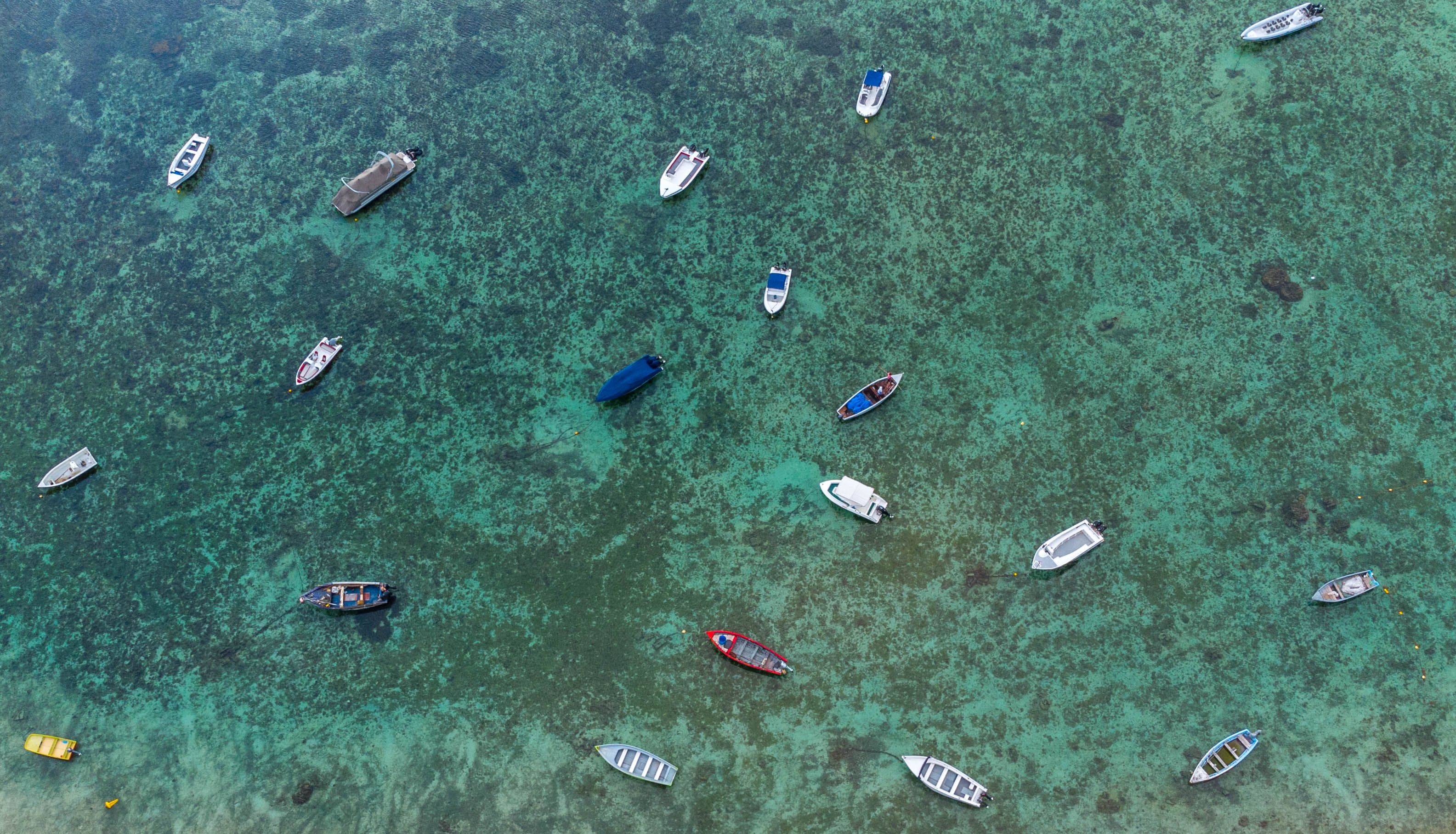
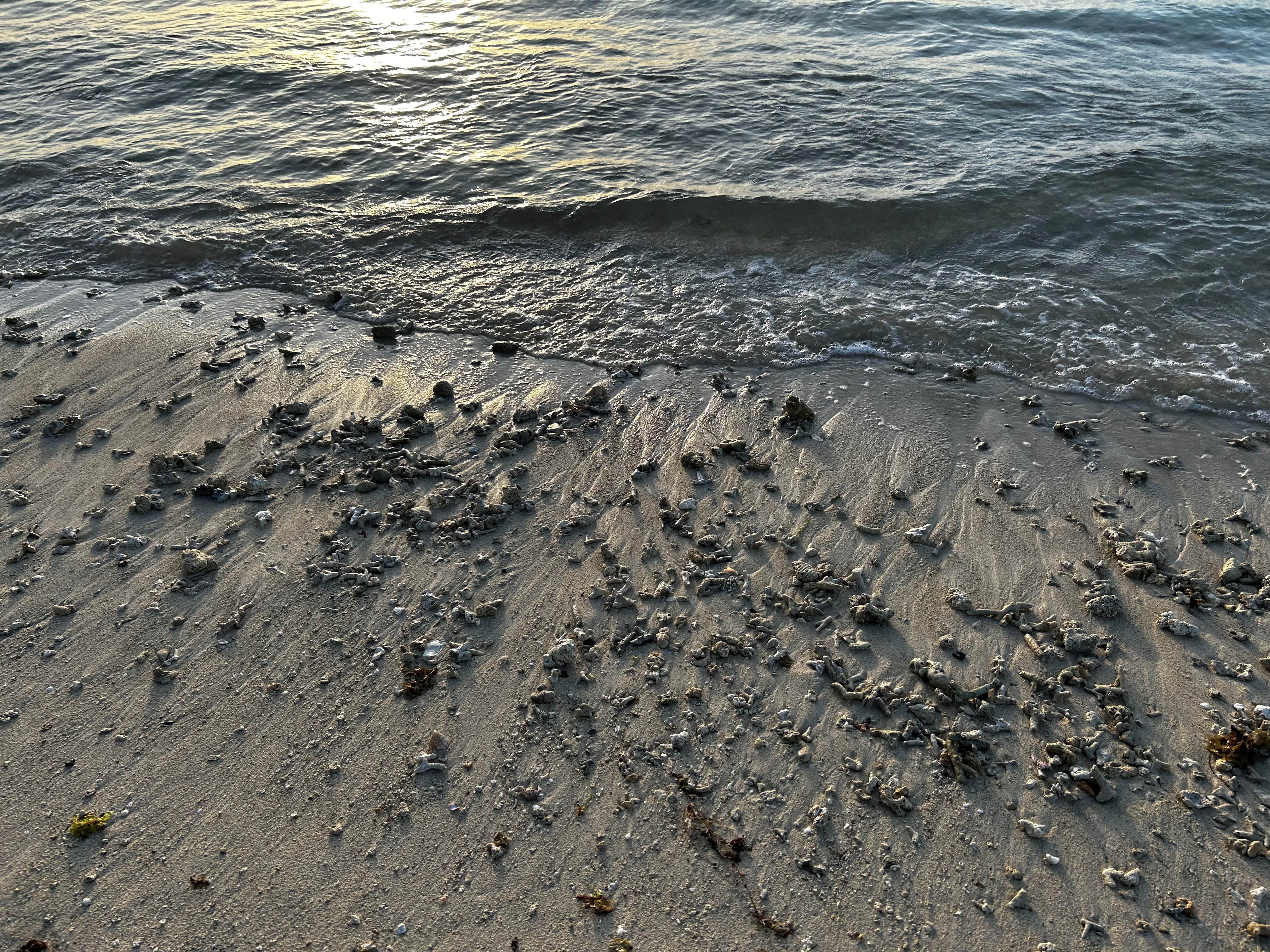
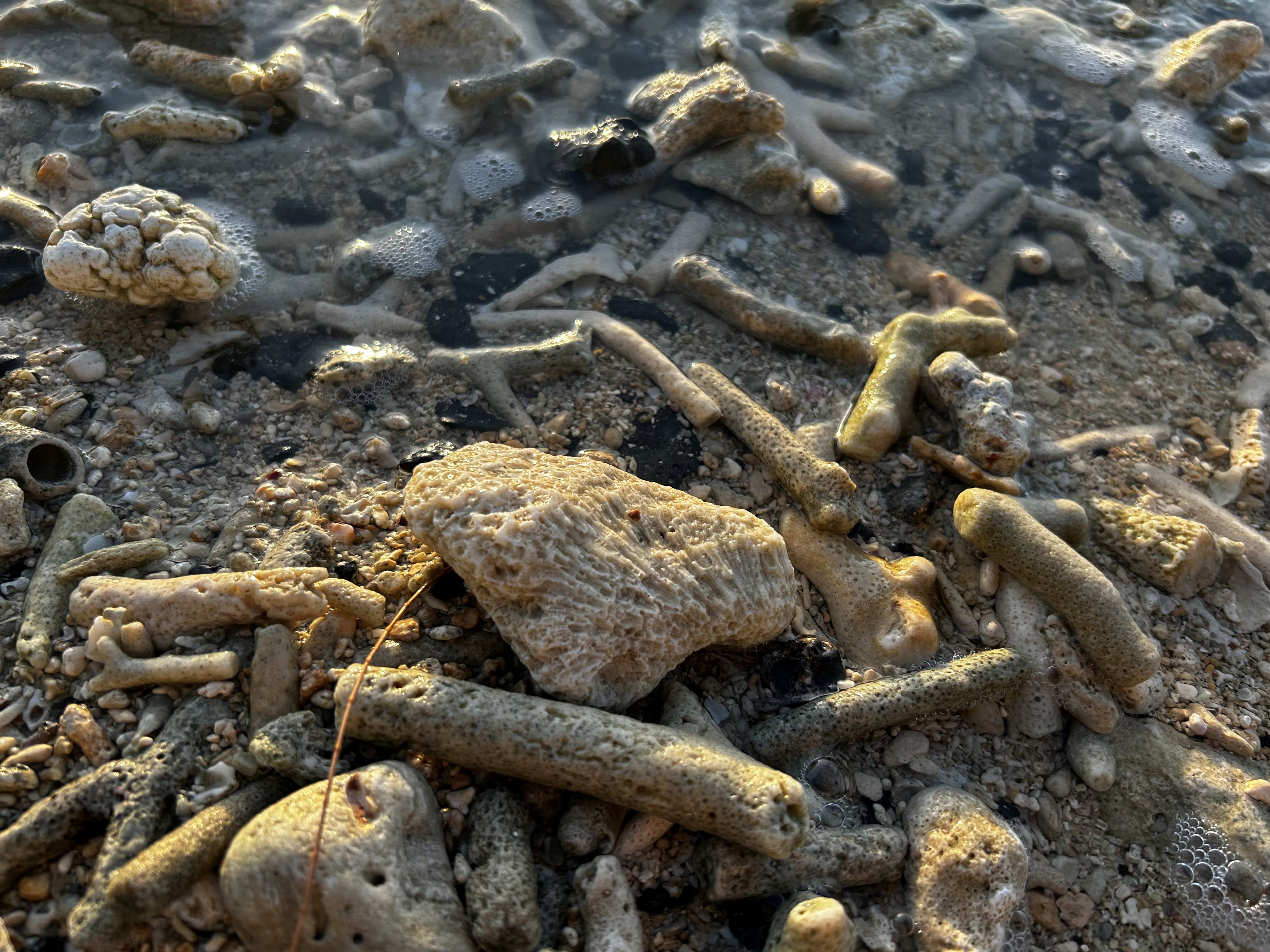
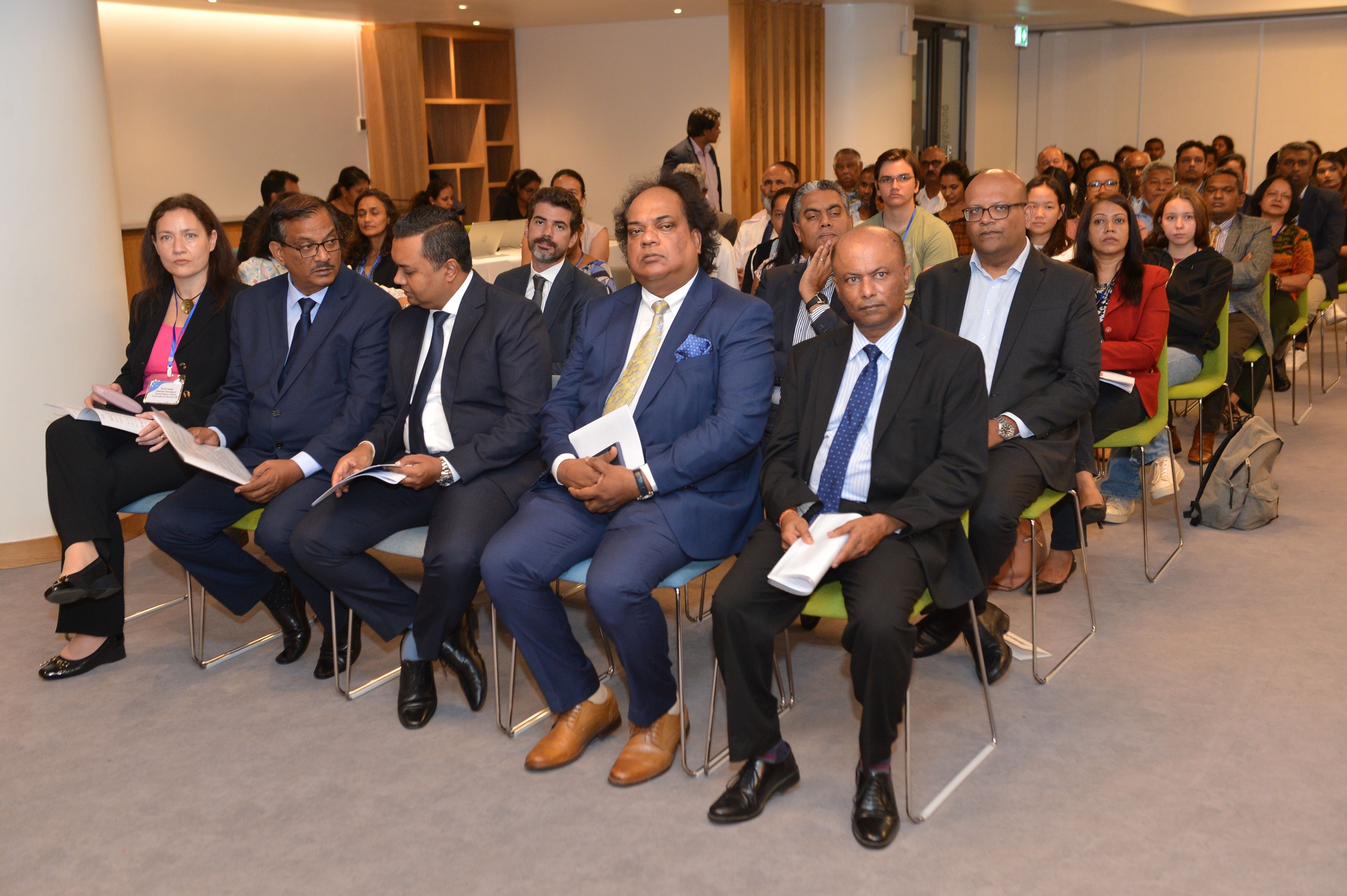
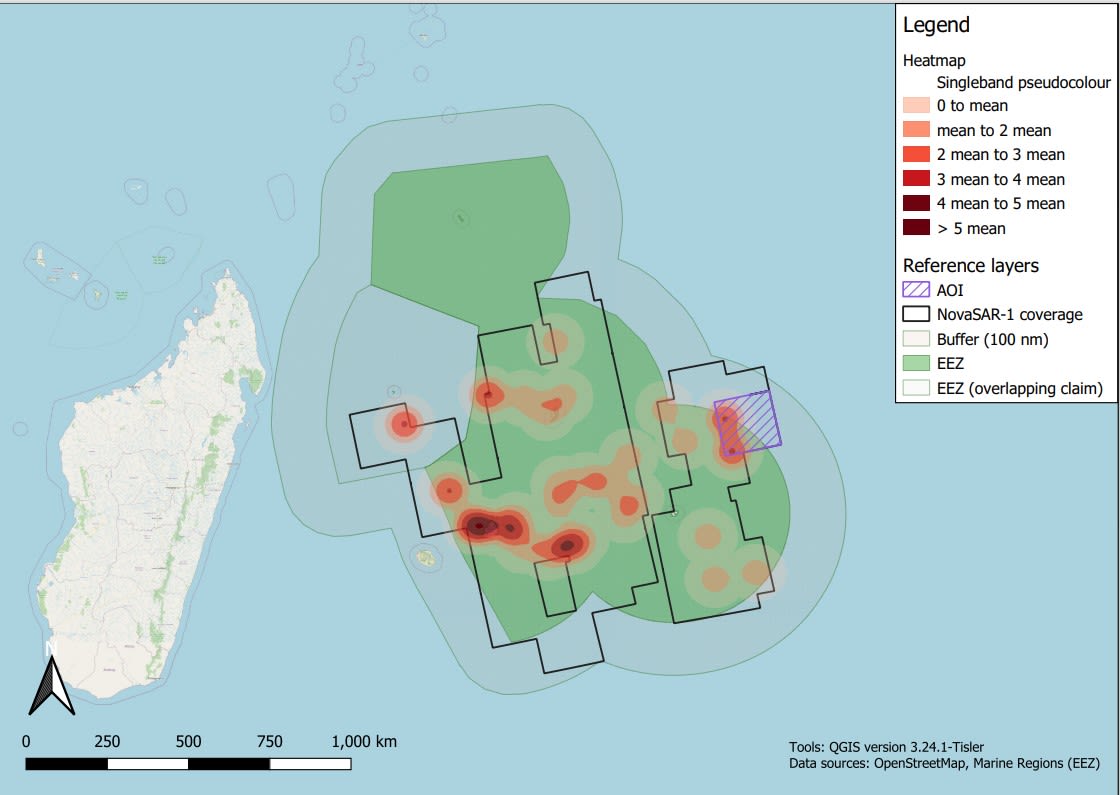
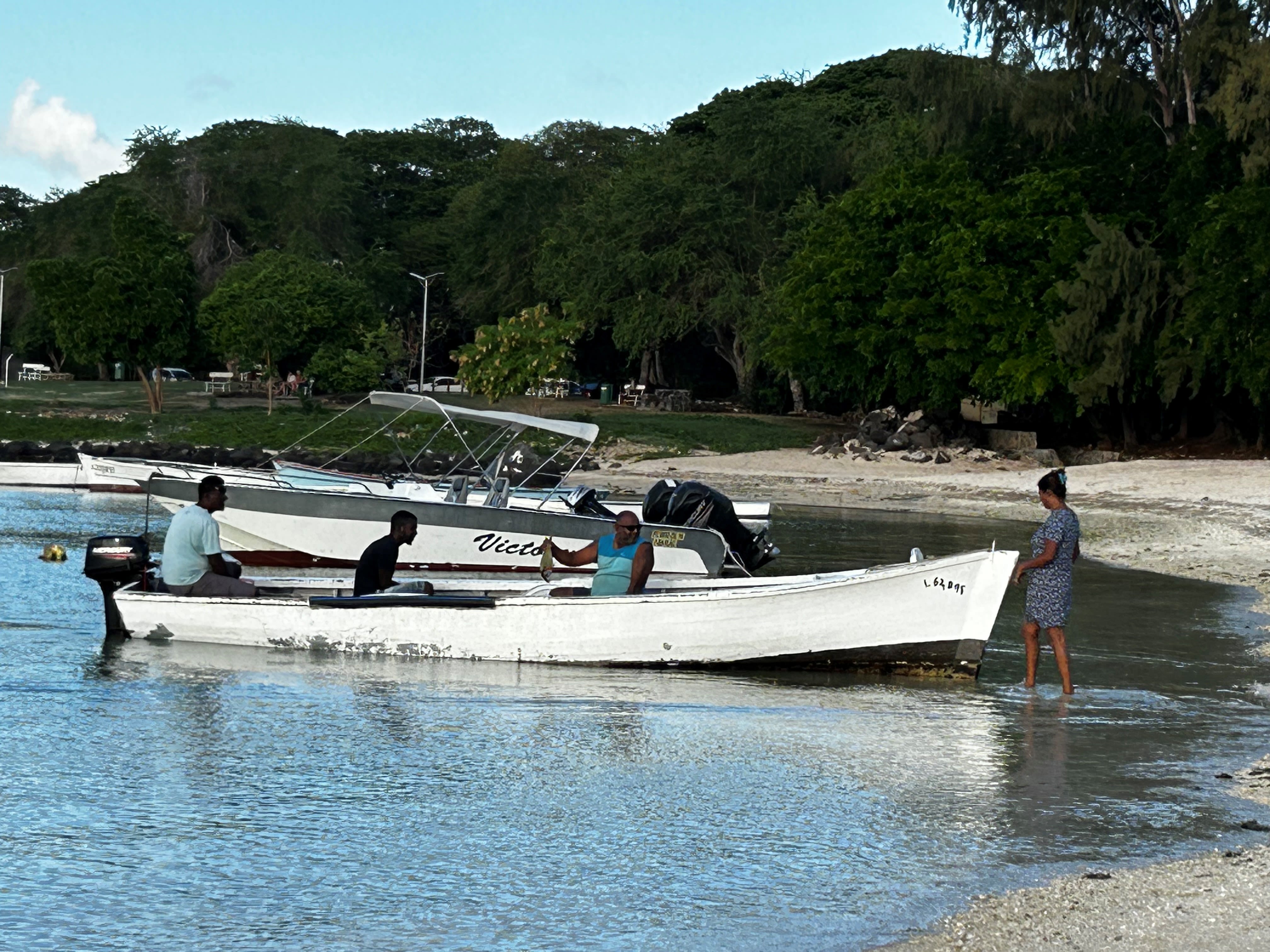

Overfishing can lead to depletion of key reef species in coral reef areas with consequent weaker corals that are susceptible to bleaching. This further exacerbates the effects of climate change.
Overfishing can lead to depletion of key reef species in coral reef areas with consequent weaker corals that are susceptible to bleaching. This further exacerbates the effects of climate change.

Bleached pieces of coral wash up on the beaches.
Bleached pieces of coral wash up on the beaches.

We meet with ministries, local authorities and key stakeholders to guarantee that our tools are developed in full respect and consideration of a community needs.
We meet with ministries, local authorities and key stakeholders to guarantee that our tools are developed in full respect and consideration of a community needs.

Our researchers work at the intersection between remote sensing, earth observation and artificial intelligence developing robust and user-friendly maps identifying anomalies in fishing patterns in Mauritius Exclusive Economic Zone.
Our researchers work at the intersection between remote sensing, earth observation and artificial intelligence developing robust and user-friendly maps identifying anomalies in fishing patterns in Mauritius Exclusive Economic Zone.

Artisanal fishers in Mauritius. By fighting illegal fishing we support coastal communities in developing countries monitoring large-scale industrial fishing.
Artisanal fishers in Mauritius. By fighting illegal fishing we support coastal communities in developing countries monitoring large-scale industrial fishing.
Future generations
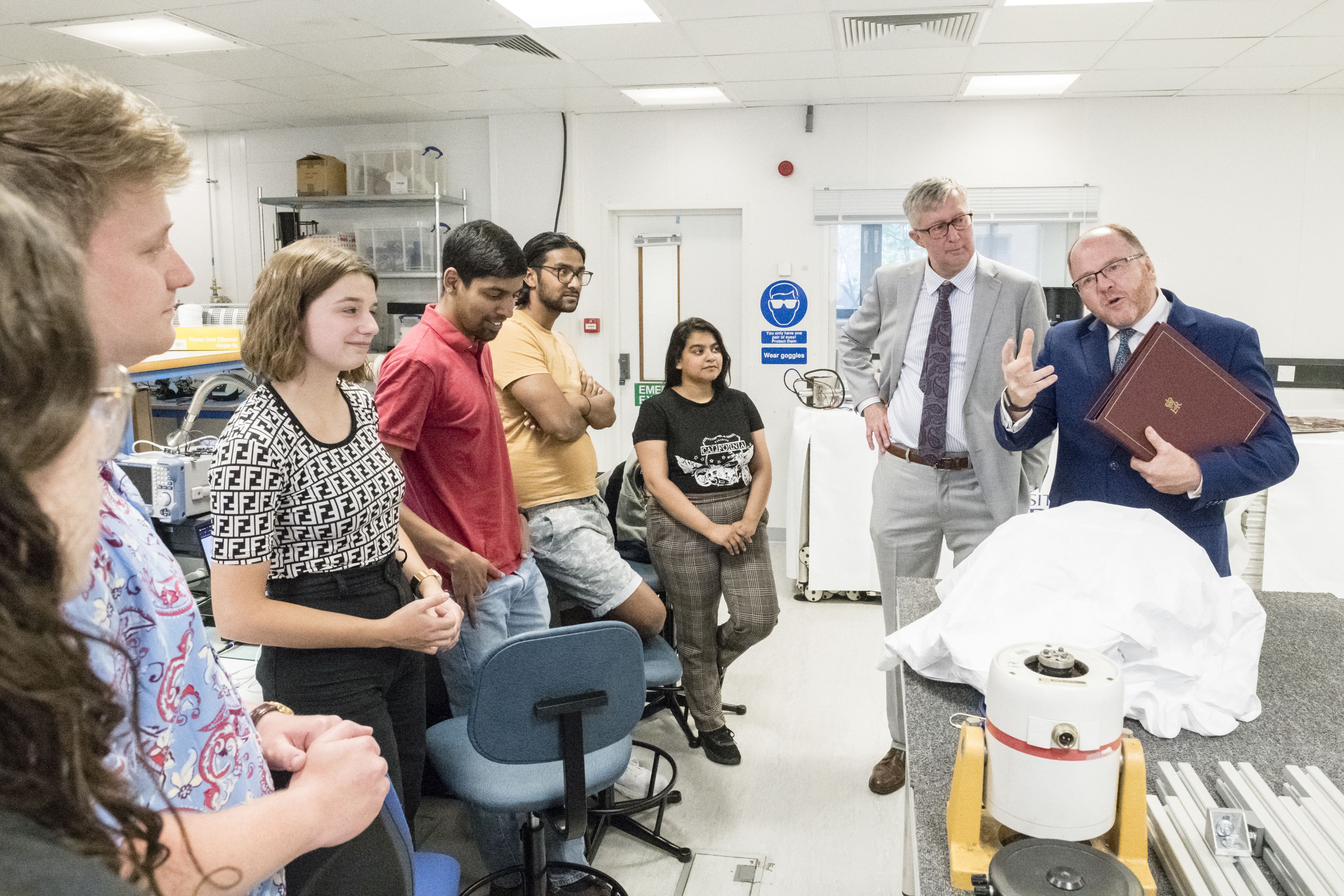
The space sector is thriving - not least here in Surrey and the South East of England. We play a significant part - going beyond our cutting-edge research.
The Space South Central regional cluster is a partnership between industry and academia, with the University of Surrey playing a major role. It covers and supports an industry in Surrey and Hampshire with an income of over £3 billion annually, and exports worth £1.6 billion.
Space is an economic powerhouse, but it is hungry for skilled workers. We are helping to meet those needs through the range of space-related courses we offer. In Surrey Space Centre our specialism is space engineering with a focus on electrical and electronic engineering, but other areas at the University teach relevant disciplines such as astrophysics and aeronautics.
Our students secure sought-after jobs in the space sector through professional training placements and after completing their studies. Our former students are now employed at NASA, ESA, the UK Space Agency, Airbus, SSTL, InSpace and other industry giants.
As well as preparing the next generation of space experts and offering formal qualifications, we are also supporting Space South Central in its drive to boost skills in other ways, with partnerships planned with further education suppliers and industry to provide specialist training.
Enabling students and companies to develop practical engineering skills is a key element of the SpaceCraft programme, funded by the UK Space Agency. Another important focus for SpaceCraft is making it easier for organisations to create space-flight equipment and conduct space experiments.
Our technical facilities are available for smaller companies to collaborate and make space-related prototypes, with a dedicated space engineer on hand to offer advice and expertise.
Space exploration generates excitement, and we're certainly excited by the wide range of developments we're at the heart of - benefitting our world, and beyond.
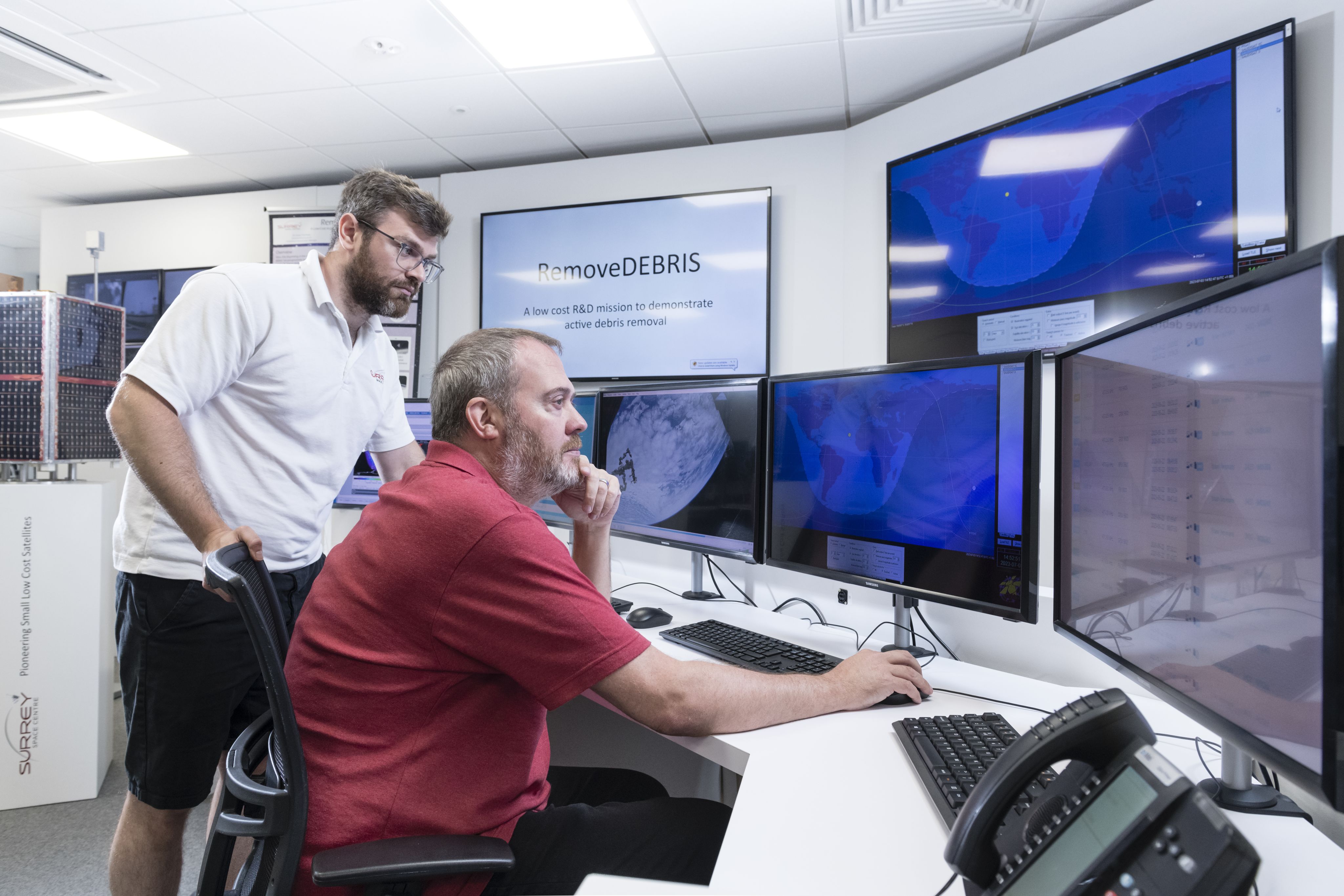
Surrey Space Centre's ground station and control room, which enables communication with satellites and is used for in-house missions
Surrey Space Centre's ground station and control room, which enables communication with satellites and is used for in-house missions
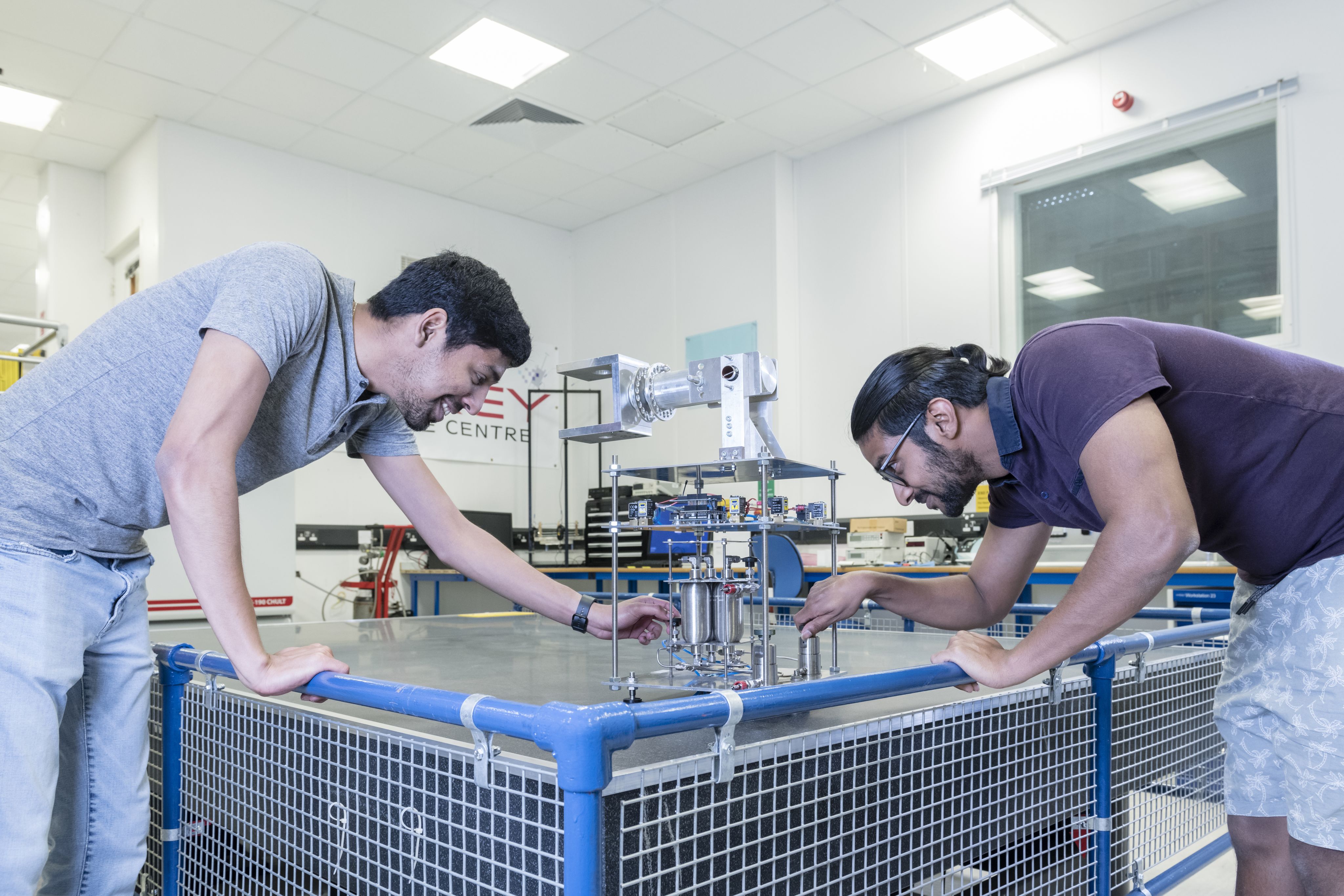
Air bearing/ optical tables to simulate docking and capture manoeuvres
Air bearing/ optical tables to simulate docking and capture manoeuvres
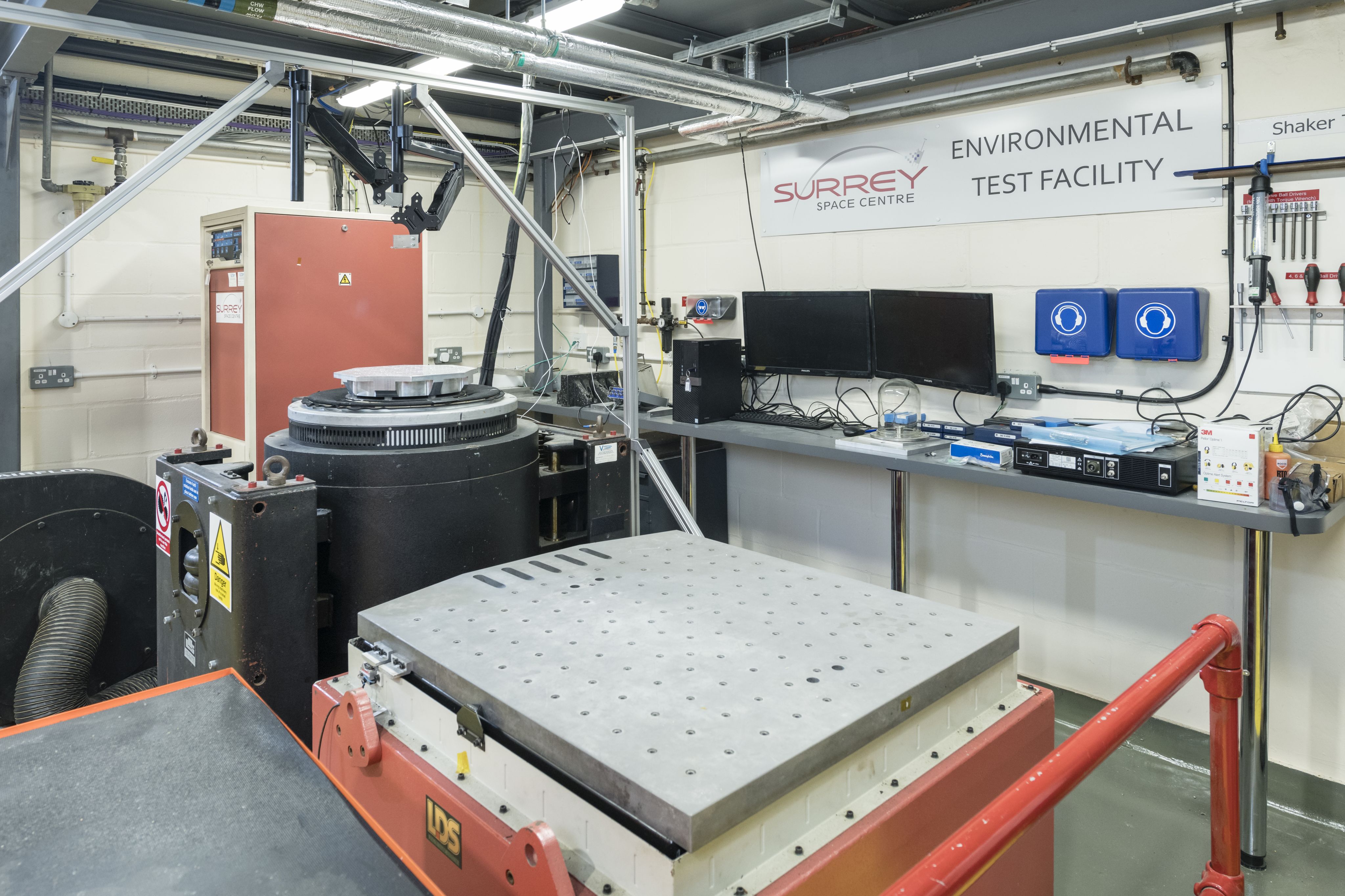
Vibration table which simulates the stresses of launch
Vibration table which simulates the stresses of launch
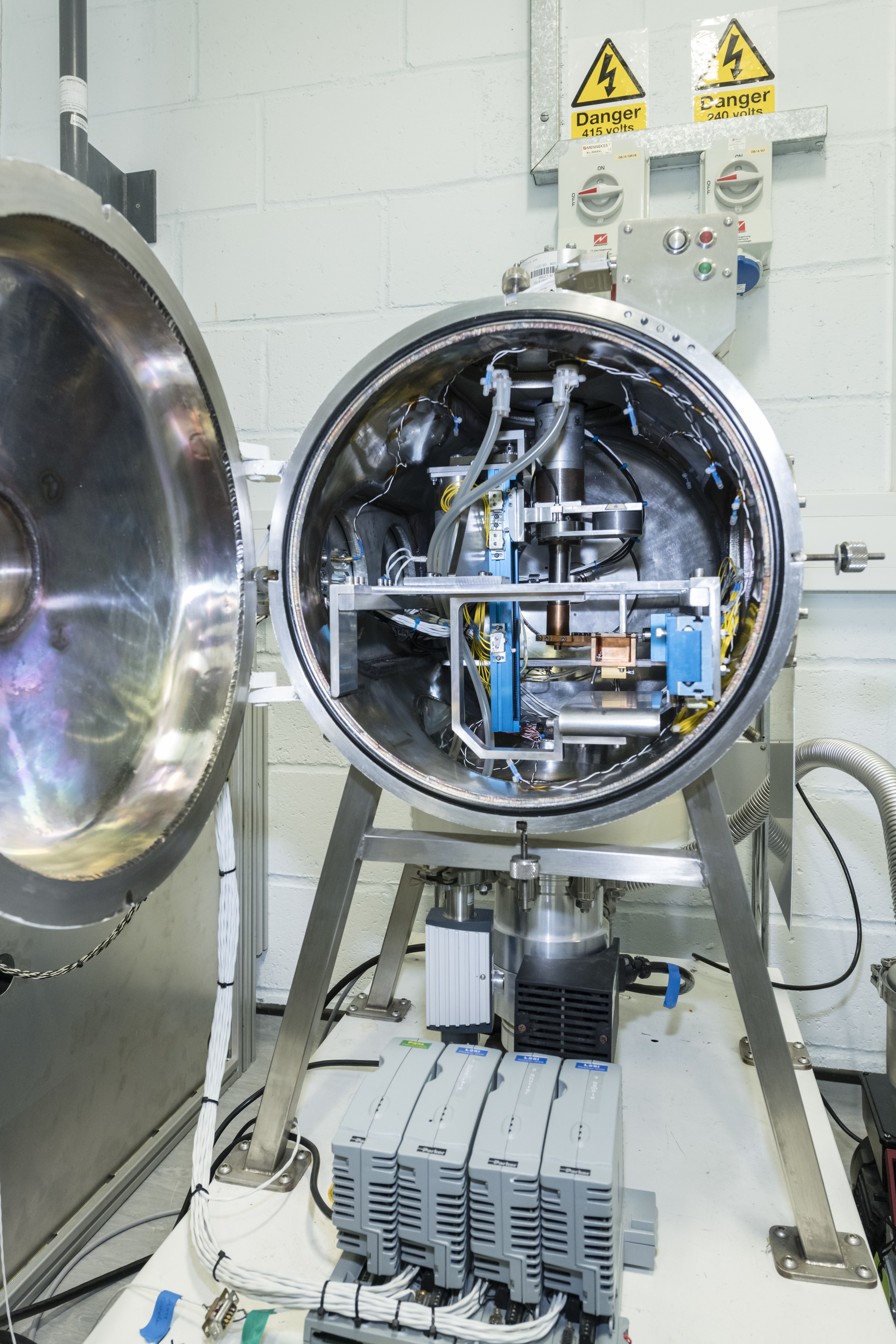
Radiation facility which replicates in-orbit space weather conditions
Radiation facility which replicates in-orbit space weather conditions
Further information
Atout's Smart Tank
Read more about SpaceCraft and our work offering advice, expertise and facilities to a business, helping them fulfil their space ambitions.
Surrey Space Centre
Visit Surrey Space Centre's main website to see more of our facilities and details about our research, missions and courses.
More Surrey research
Find a collection of beautifully illustrated stories about Surrey research transforming lives and changing the world for the better.
